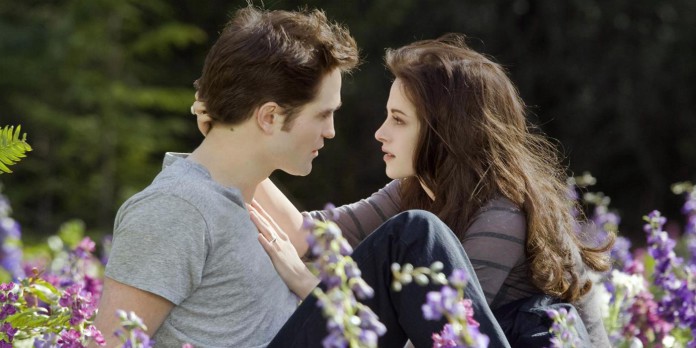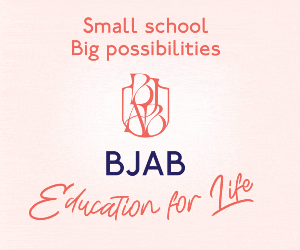Relationship counsellor Suzette Reed takes a look at first love, why teenage relationships are so intense and how they set a pattern for later relationships
The feelings of attraction for another are with us all our lives. Humans need other humans – families and friends, as well as partners – but at some time around puberty everything seems to become more intense and vivid.
Teens often experience serious “crushes” for an unattainable singer or TV celebrity, or go weak at the knees for someone in the class above at school. Is this love or is it infatuation? Is love the first real romantic relationship when we become “an item” with another, even if it is for only a few weeks? Well, to some extent, all of that. Trying out imaginary romance is the prequel to real romance but usually a lot more controllable. When another person with their own expectations and needs comes into the picture, life can become a roller coaster.
CHANGES
While supporting young people through the maelstrom of emotions of the teenage years, it is important to recognise the key changes that take place in their minds and bodies.
As children move into their teens, friends become more important in their lives. Within friendship groups they can try out new ways of behaving. The next step into an emotional and physical relationship can be startling, exciting and scary, and more often than not unpredictable. There is no roadmap for love, and finding the way for the first time is tricky.
“imaginary romance is the prequel to real romance”
Physically, hormones have kicked in and may be causing havoc. Many teens struggle with body image, girls more than boys, and this can put them in a vulnerable state with conflicting feelings about their worth.
Recently it has been discovered that the brain is still developing through the teens and beyond. The use of Magnetic Resonance Imaging (MRI) scans has given us new insight into the young brain, and shows that brain changes in mid and late teenage years are critical for the formation of self-image, social skills and impulse control.
The emotional region of the brain develops ahead of the part of the brain that controls rational thought. In other words, teenagers have welldeveloped emotions and feelings but struggle to think things through. Their senses are also more acute than adults, so smells, sounds and sights affect them hugely.
THREE PHASES OF LOVE
Psychologists talk of the three stages of romantic love. The initial physical response of attraction is ‘lust’. The falling in love is ‘attraction’ – and falling in love as a teenager is more intense than the experience in adulthood. The emotional commitment, required to make relationships last, is known as ‘attachment’.
“short relationships can be intensely passionate”
Teenagers experience the attraction phase more strongly than adults, but the attachment phase needs commitment and many teen relationships are short-term. Even short relationships can be intensely passionate, and the young couple will spend hours talking or thinking about each other. The relationship is all absorbing and the ending can feel devastating. But intimacy teaches them about their own identity, simply through becoming close to someone else. Intimacy also involves openness, sharing and trust, so it helps contribute to maturity. A good experience of first love can set a healthy pathway for love in the future.







